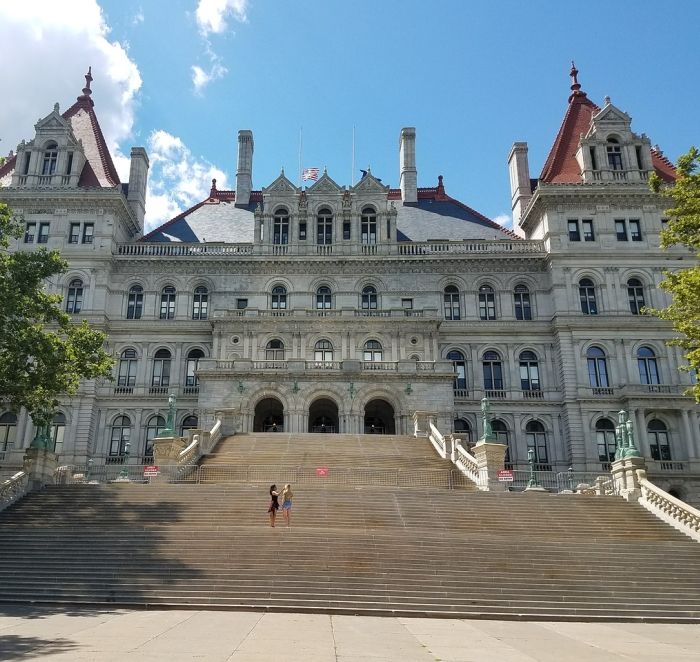Government Law Center Releases New Explainer on Enforcement of the Voting Rights Act in the 21st Century
The Government Law Center (GLC) at Albany Law School has just released its latest explainer to help attorneys, politicians, and the public understand the challenges of enforcement of the Voting Rights Act in the 21st Century.
While the Voting Rights Act of 1965 was aimed to rectify discriminatory Jim Crow laws in primarily Southern states that abridged the 15th Amendment voting rights of many African-Americans, Legal Director of the GLC Richard Rifkin points out that the effectiveness of the Act, “is determined not only by its substantive provisions, but also by the strength of its enforcement mechanisms.” The Voting Rights Act contains two such mechanisms, Section 2 and Section 5, which have changed substantially in just the past decade.
Section 2 authorizes judicial challenges – which can be brought by the federal government, individuals, or private groups – for courts to hear and determine if challenge claims prove that a state is violating the Amendment or the Act. In July, the Supreme Court interpreted this section and guided future courts in how to approach many challenges. Rifkin explores the “guideposts,” from that decision in the explainer and how they have actually made it more difficult to bring challenges.
Section 5 is unique in that it requires that in “covered” jurisdictions any statute or other change in election procedures must be pre-approved by the United States Attorney General or a three-judge federal court before the change can take effect. These jurisdictions were primarily in Southern states when the Act was passed, but in 2013, the Supreme Court issued a decision that effectively eliminated this pre-approval requirement unless and until Congress takes action. Rifkin explores how that decision has made Section 5 far less impactful in the explainer.
Overall, Rifkin points out that enforcement of the Voting Rights Act looks very different today than when it was enacted or even when the Act was last amended in 2006. While the Act’s essential objective remains the same today and it is still recognized as one of the most important congressional actions of the twentieth century, enforcement of the Act through Sections 2 and 5 is much more difficult than in was in the past.
The explainer is the latest in a series from the GLC that concisely map out the law that applies to important questions of public policy. The GLC has also created explainers on political redistricting in New York state, immigration, aging, and policing policy.





